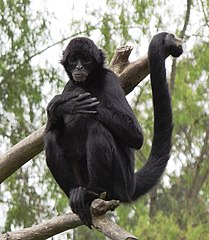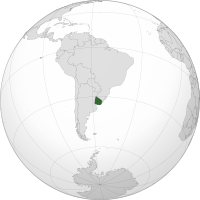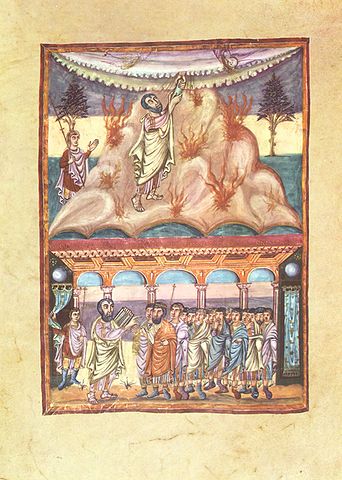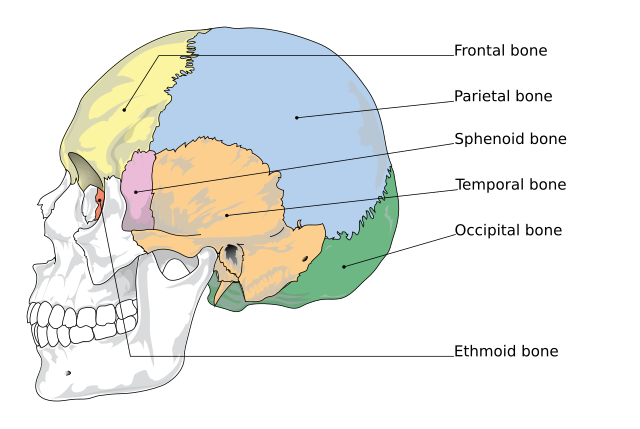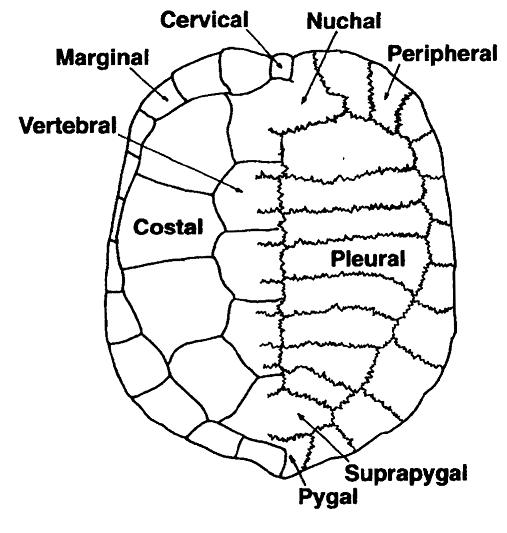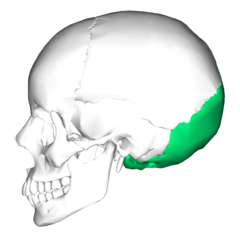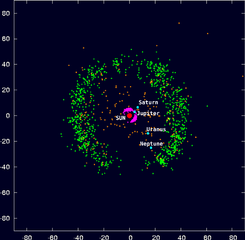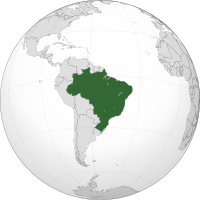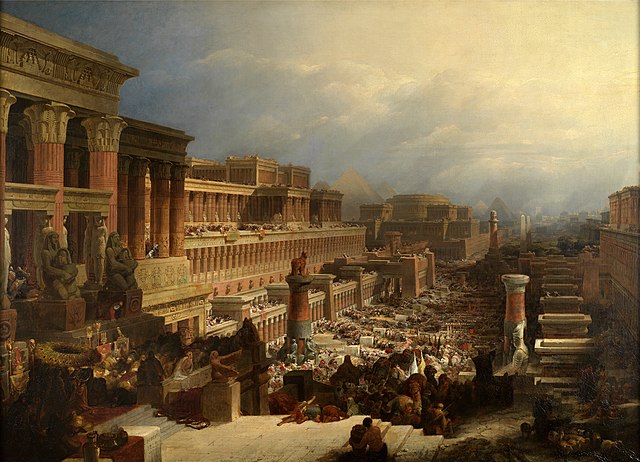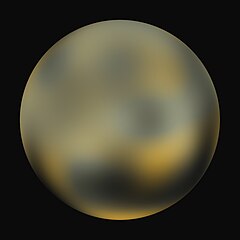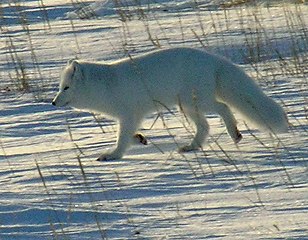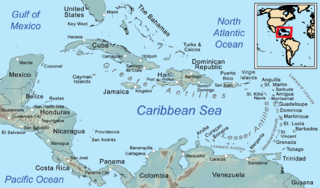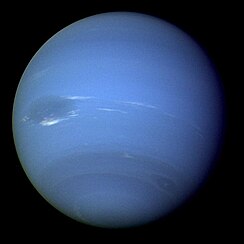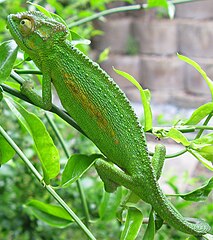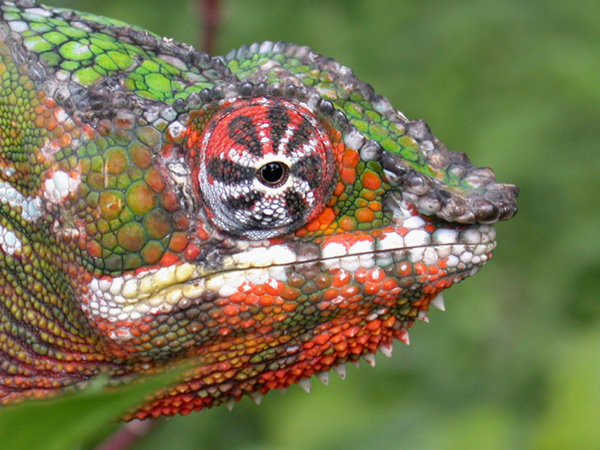We now know that an asteroid is a big rock flying in space,
a meteoroid is a small chunk broken off of an asteroid
and a meteor is a chunk of that meteoroid that burns up in the sky when falling to a planet.
So what's a meteorite then?
If a meteor enters a planet's sky and doesn't burn up all the way,
sometimes it actually hits the planet.
When it actually hits the planet, it's called a meteorite!
Most meteorites are really small like a baseball and don't cause any damage, others are bigger than a car!

(from: wikipedia - meteorite)






